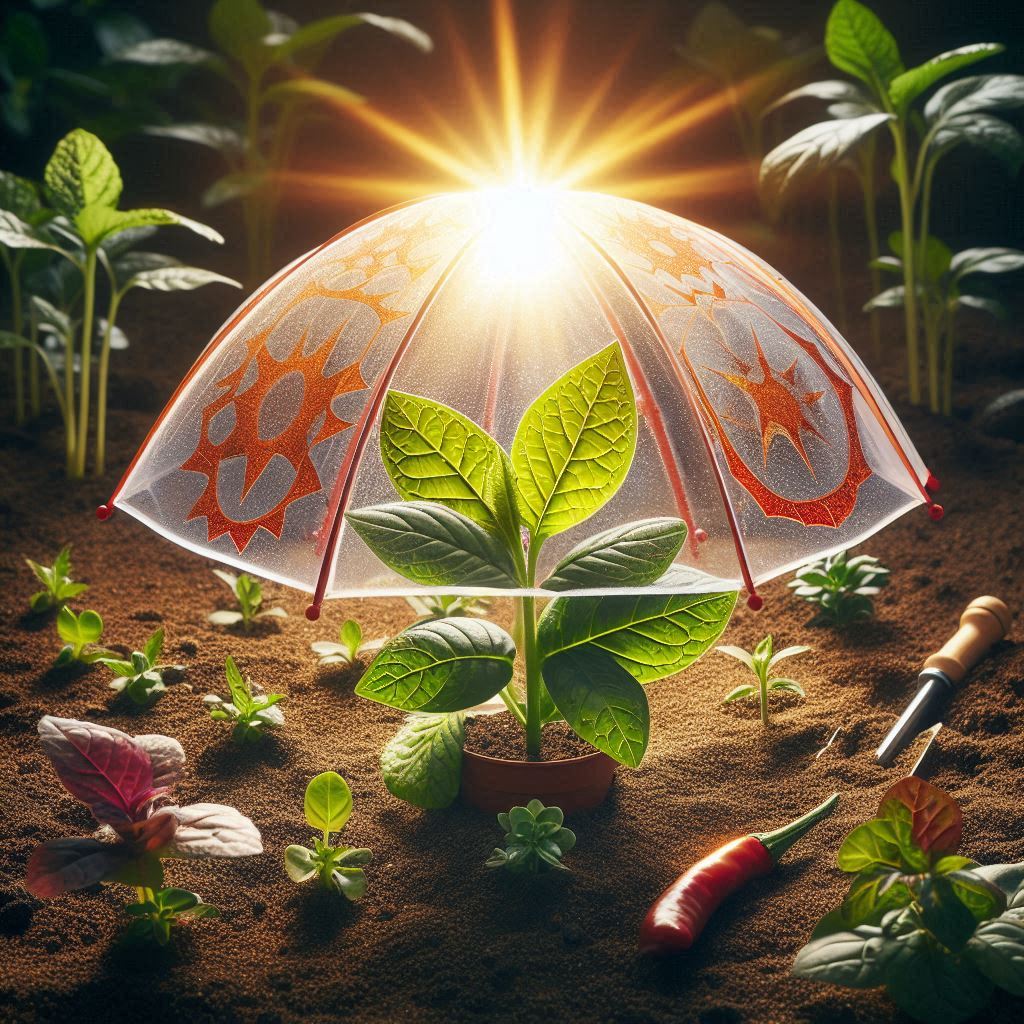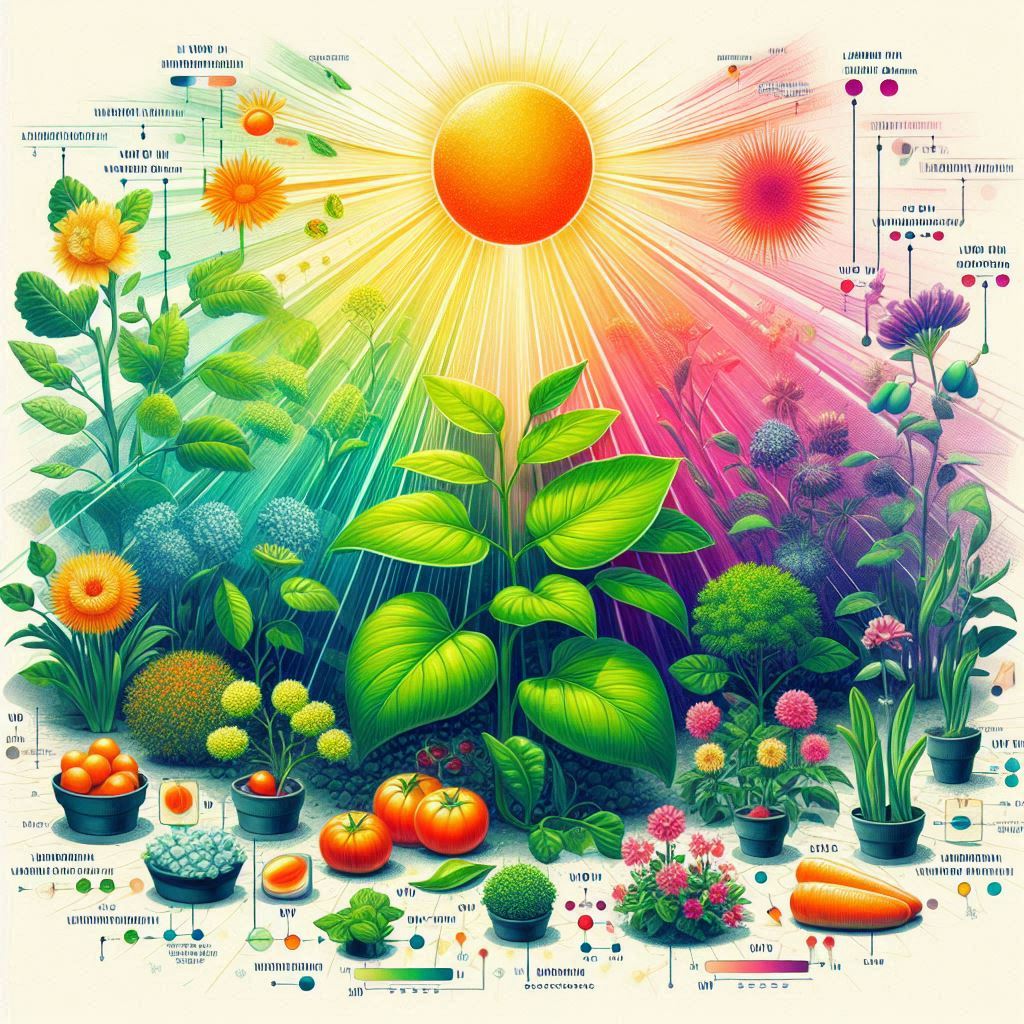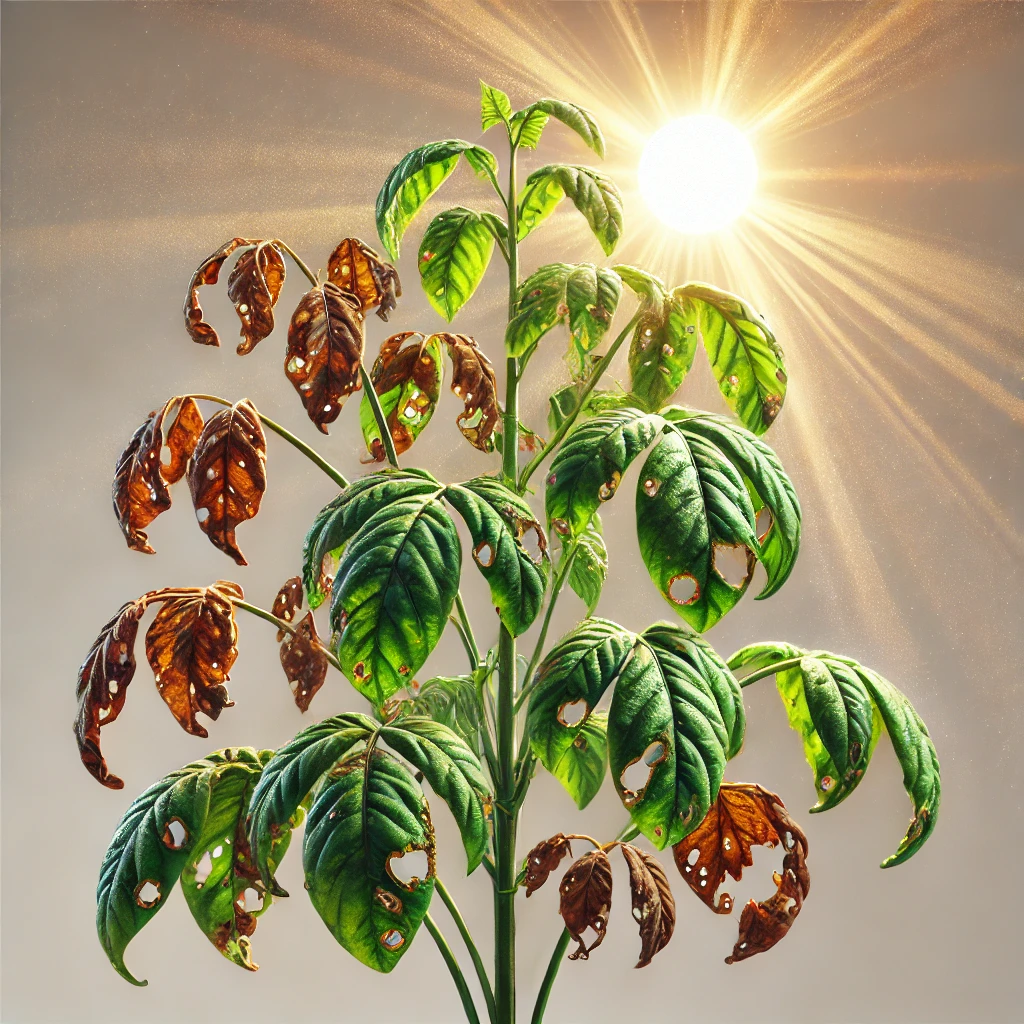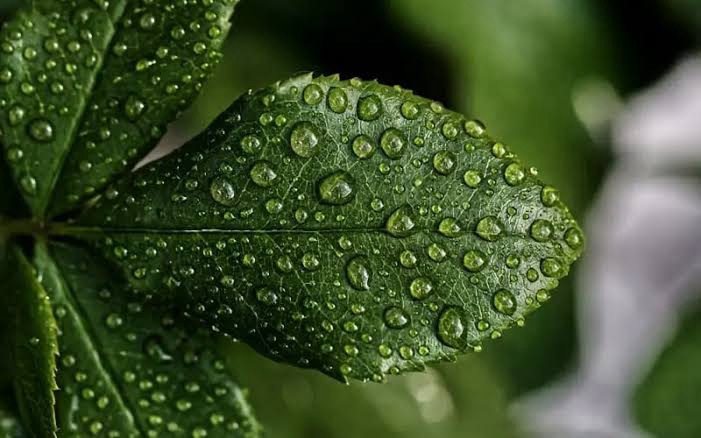8 min read
0
Phytohormone Crosstalk in Abiotic Stress: A Complex Web of Survival Strategies
Abiotic stresses—such as drought, salinity, extreme temperatures, and nutrient deficiencies—pose serious threats to global agriculture, reducing crop yields and threatening food security. Plants, being sessile organisms, cannot escape these challenges. Instead, they rely on an intricate network of signaling pathways…












